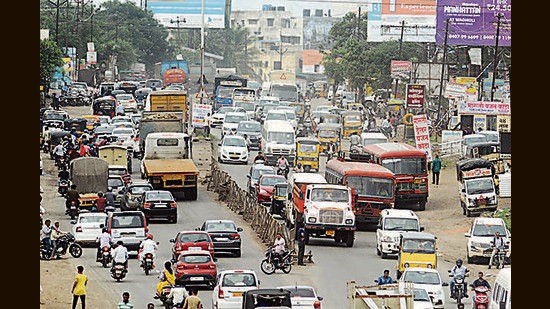Why it’s important to invest in smaller cities
India’s megacities have long been the nation’s economic and social drivers. But it is increasingly clear that these metropolises are becoming unliveable
India’s megacities have long been the nation’s economic and social drivers. But it is increasingly clear that these metropolises are becoming unliveable due to increasing population, migration from less developed regions, lack of adequate essential services, stretched public amenities and pollution. They also face an uncertain future due to climate disruptions, and are scrambling to create plans to adapt to extreme weather conditions. In such a scenario, Prime Minister (PM) Narendra Modi’s call to state governments and city administrations to create satellite towns and develop smaller cities into economic centres makes immense sense. In a virtual address to mayors of urban bodies ruled by the Bharatiya Janata Party on Tuesday, the PM said that smaller towns and so-called Tier II and Tier III cities have immense economic potential, and their growth will help equitable national development and ease pressure on megacities.

India has been urbanising at a fast clip in recent decades, and Tier II and III cities — centres with populations between 50,000 and 99,999 (Tier II) and between 20,000 and 49,999 (Tier III) — have emerged as key levers of growth with rising aspirations and educational standards. Technology has also kept pace with these changes; working in these smaller towns and cities is no longer a hurdle. Moreover, post-Covid-19, there has also been a mindset change; many people (primarily white collar) have moved back to smaller towns and are happy to continue working from such places.
As PM Modi correctly said, it’s time for India to rethink its urban development paradigm and develop smaller cities. But to do so, there has to be real decentralisation of power to their civic bodies so they can devise local solutions for local problems, requisite funds and an adequate number of urban managers and technocrats to ensure that these smaller towns and cities don’t make the same mistakes that their bigger and older siblings did.





